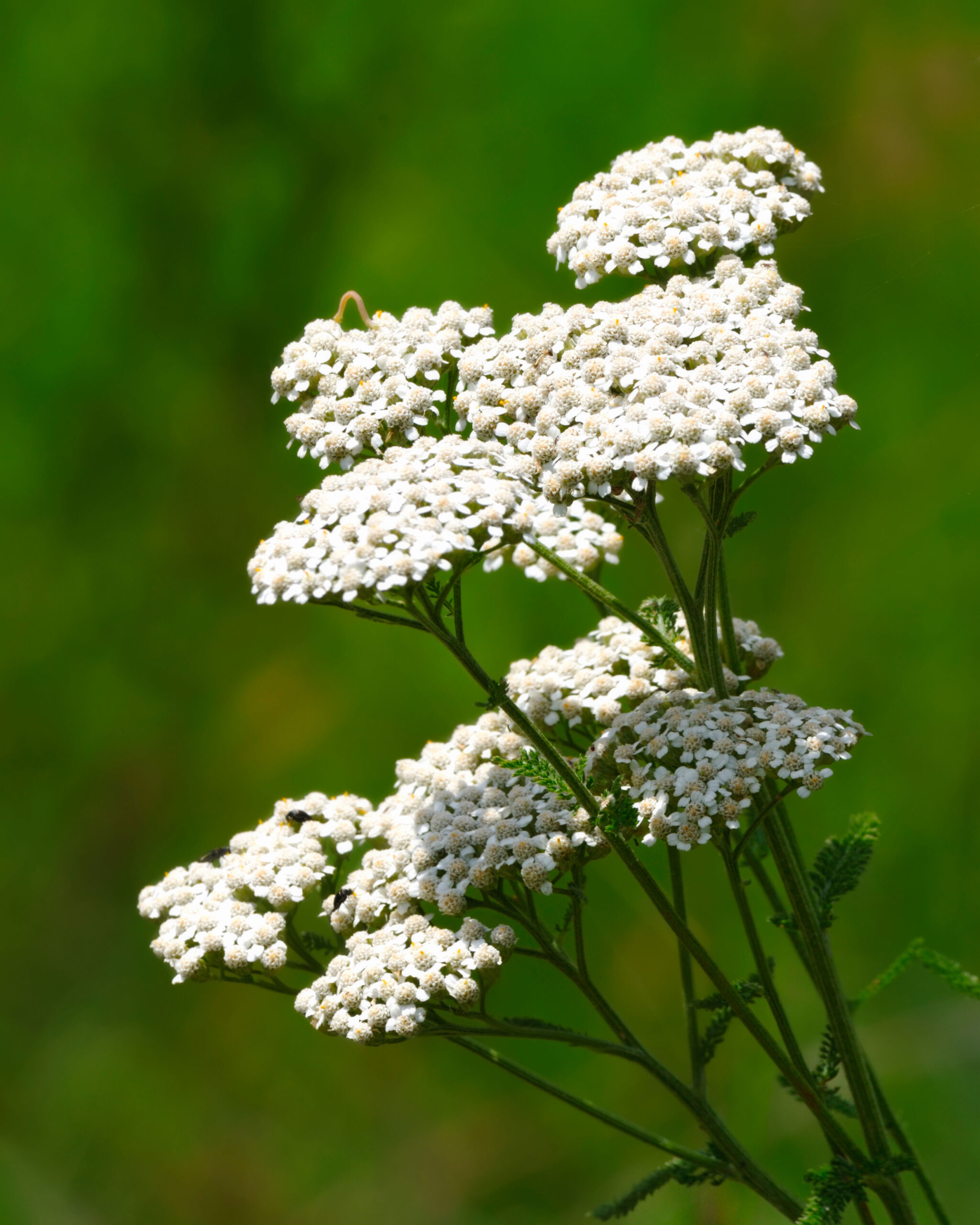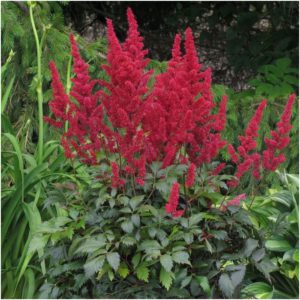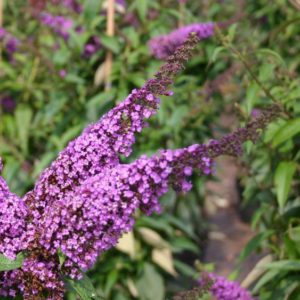Achillea millefolium
€12.50
Frequently Bought Together



Description
Quick Facts
- Common Name: Common Yarrow, Milfoil
- Botanical Name: Achillea millefolium
- Plant Type: Herbaceous perennial
- Mature Height: 60-90cm
- Mature Spread: 45-60cm
- Flowering Period: June to September
- Flower Colour: White, pink, or yellow flat-topped clusters
- Foliage: Feathery, aromatic, grey-green leaves
- Hardiness: Fully hardy (RHS H7)
- Soil Requirements: Well-drained, poor to moderately fertile soil
- Aspect: Full sun
- Maintenance: Low maintenance
Description
The Achillea millefolium is a versatile native perennial perfect for Irish wildflower gardens, prairie-style plantings, and naturalistic garden schemes. This hardy drought-tolerant plant produces distinctive flat-topped flower clusters in white, soft pink, or pale yellow, making it ideal for gardeners seeking low-maintenance, pollinator-friendly perennials.
This robust wildflower creates impressive displays with its architectural flower heads that rise on sturdy stems above carpets of finely divided, aromatic foliage. The feathery, grey-green leaves release a pleasant herbal fragrance when brushed, adding sensory appeal to garden borders. Each flower cluster comprises dozens of tiny blooms that provide abundant nectar for bees, butterflies, and beneficial insects throughout the summer months.
As one of our most adaptable winter hardy alpine plants, yarrow thrives in challenging conditions including poor soils and exposed sites, flourishing in the Irish climate with remarkable resilience. Its spreading habit makes it excellent for naturalising in meadow gardens, cottage borders, or as ground cover on difficult slopes. The plant’s deep taproot helps it withstand drought while improving soil structure.
The Achillea millefolium combines beautifully with ornamental grasses, native wildflowers, and Mediterranean herbs, creating sustainable garden compositions suitable for Irish gardens. Its long-lasting flowers provide excellent cut material and dry beautifully for winter arrangements.
Caragh Garden Notebook
Plant spacing 45cm apart in well-prepared soil. Yarrow actually prefers poor to moderately fertile soil – avoid over-enriching as this can lead to weak, floppy growth. It thrives in sandy, chalky, or clay soils provided drainage is adequate. Cut back flower stems after blooming to encourage a second flush of flowers. In late autumn, cut the whole plant back to ground level. Yarrow can spread vigorously in ideal conditions, so divide clumps every 2-3 years in spring to maintain control and vigour. Once established, yarrow is extremely drought tolerant and rarely needs supplemental watering. In fact, overwatering can weaken the plant and reduce flowering. Water only during prolonged dry spells in the first growing season.
Easily grown from seed sown in spring, or divide established clumps in early spring or autumn. Self-seeding can occur in suitable conditions, creating natural drifts. Root cuttings can also be taken in late winter for propagation.





